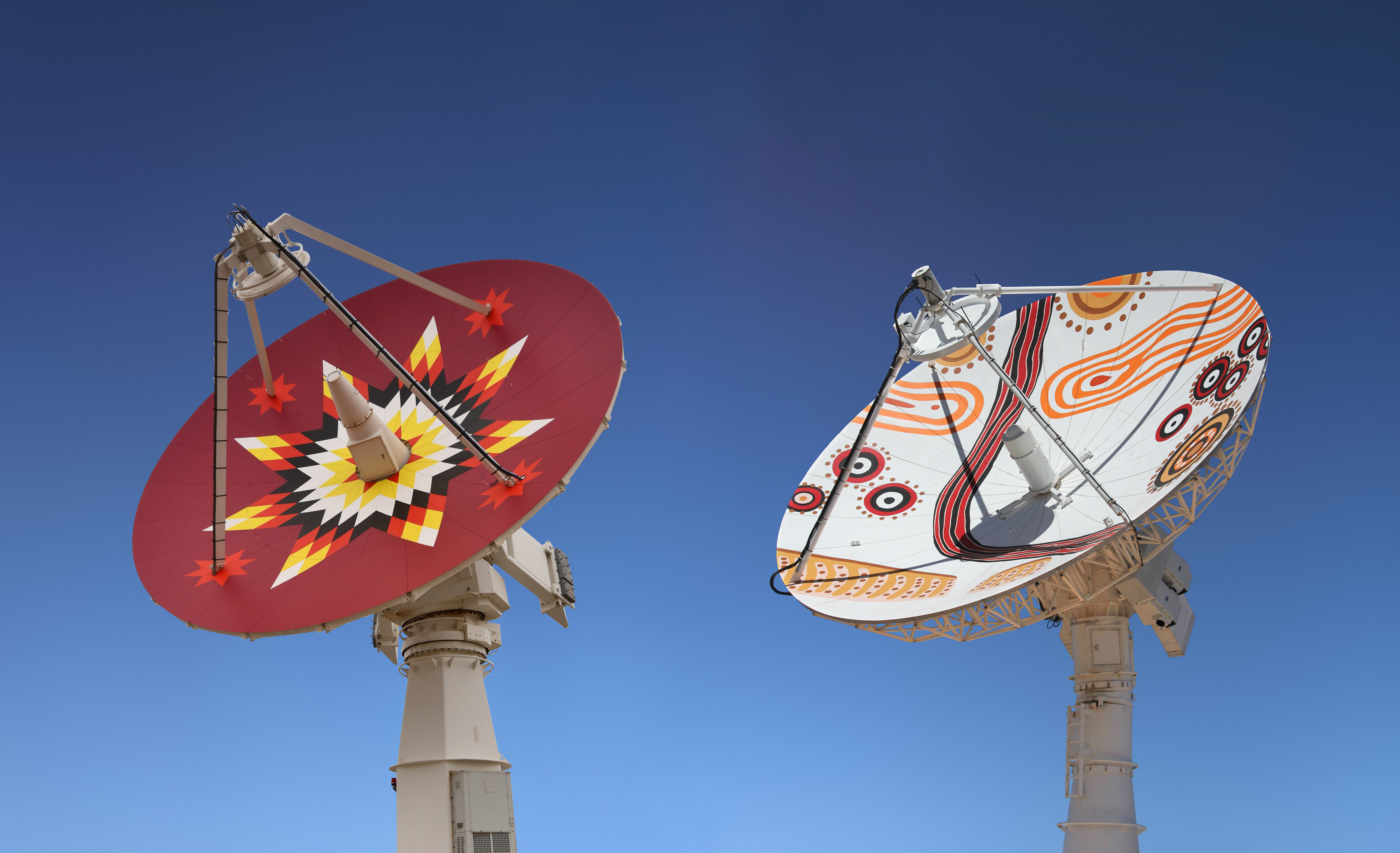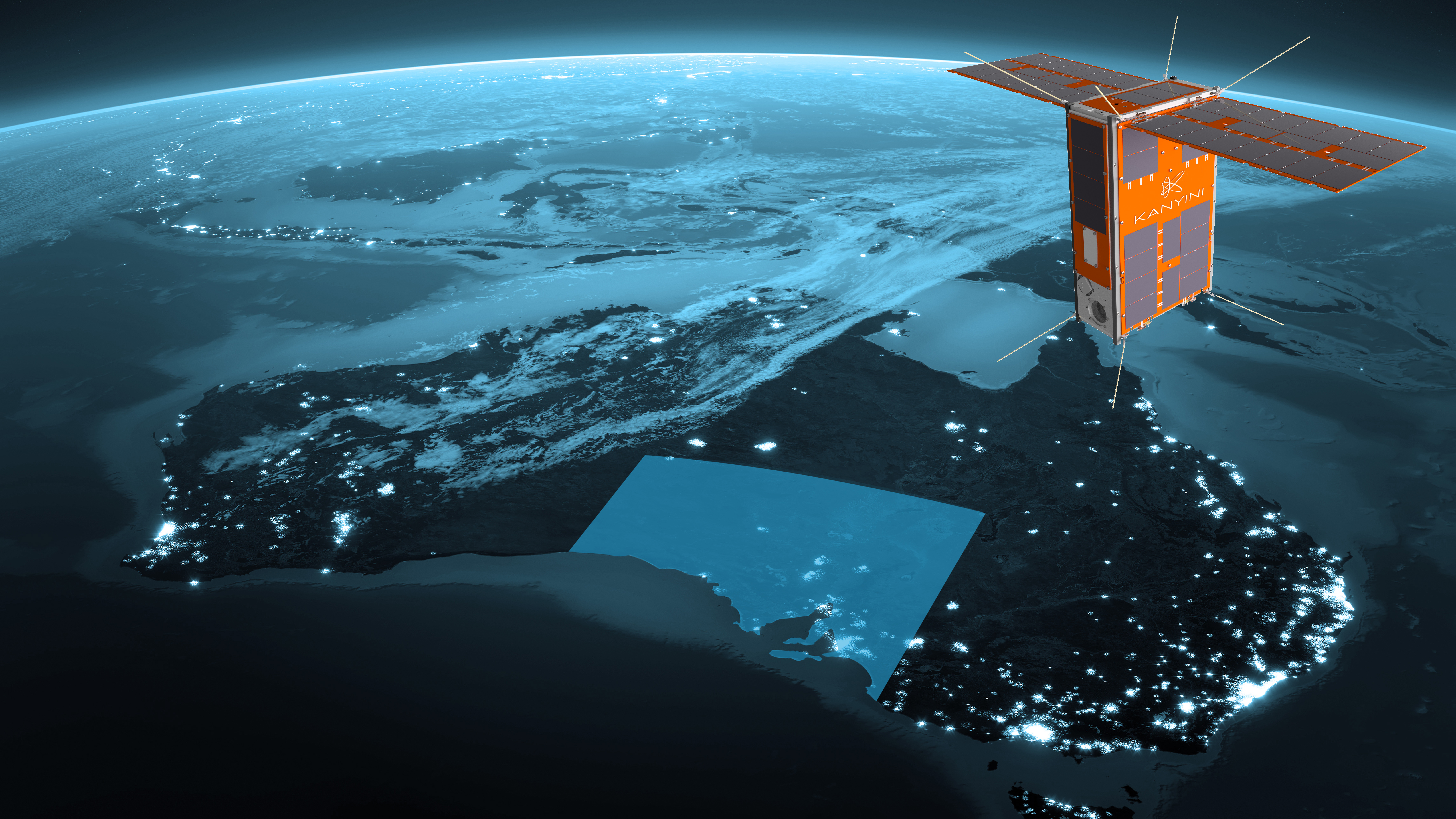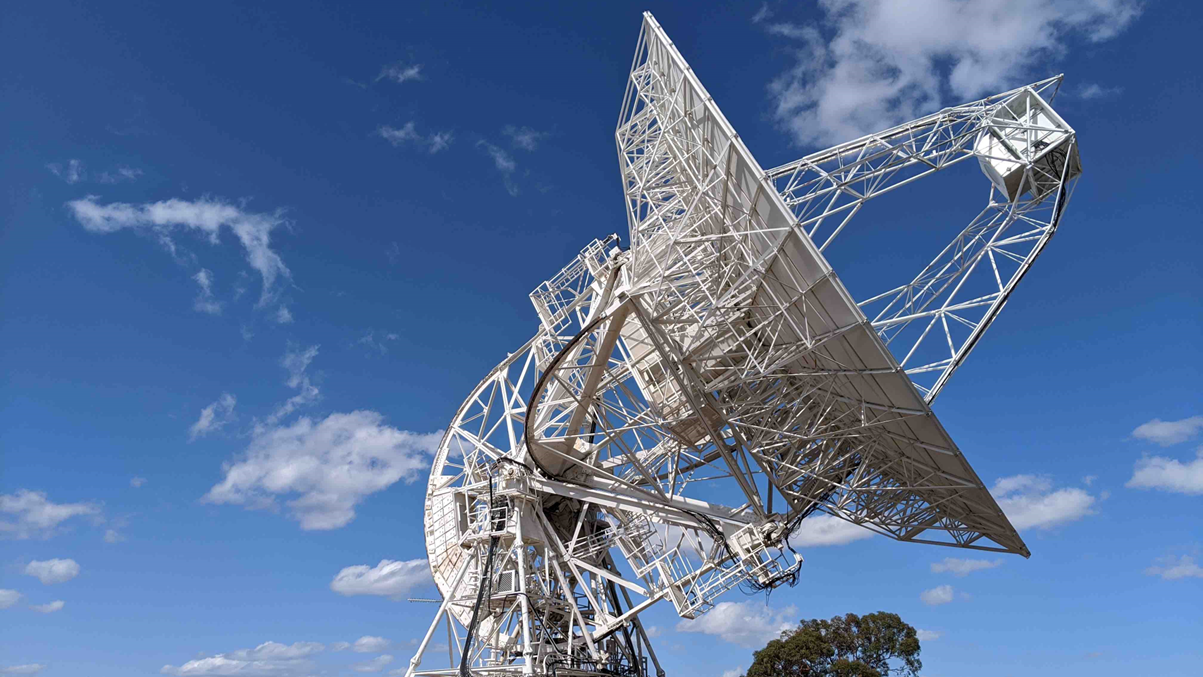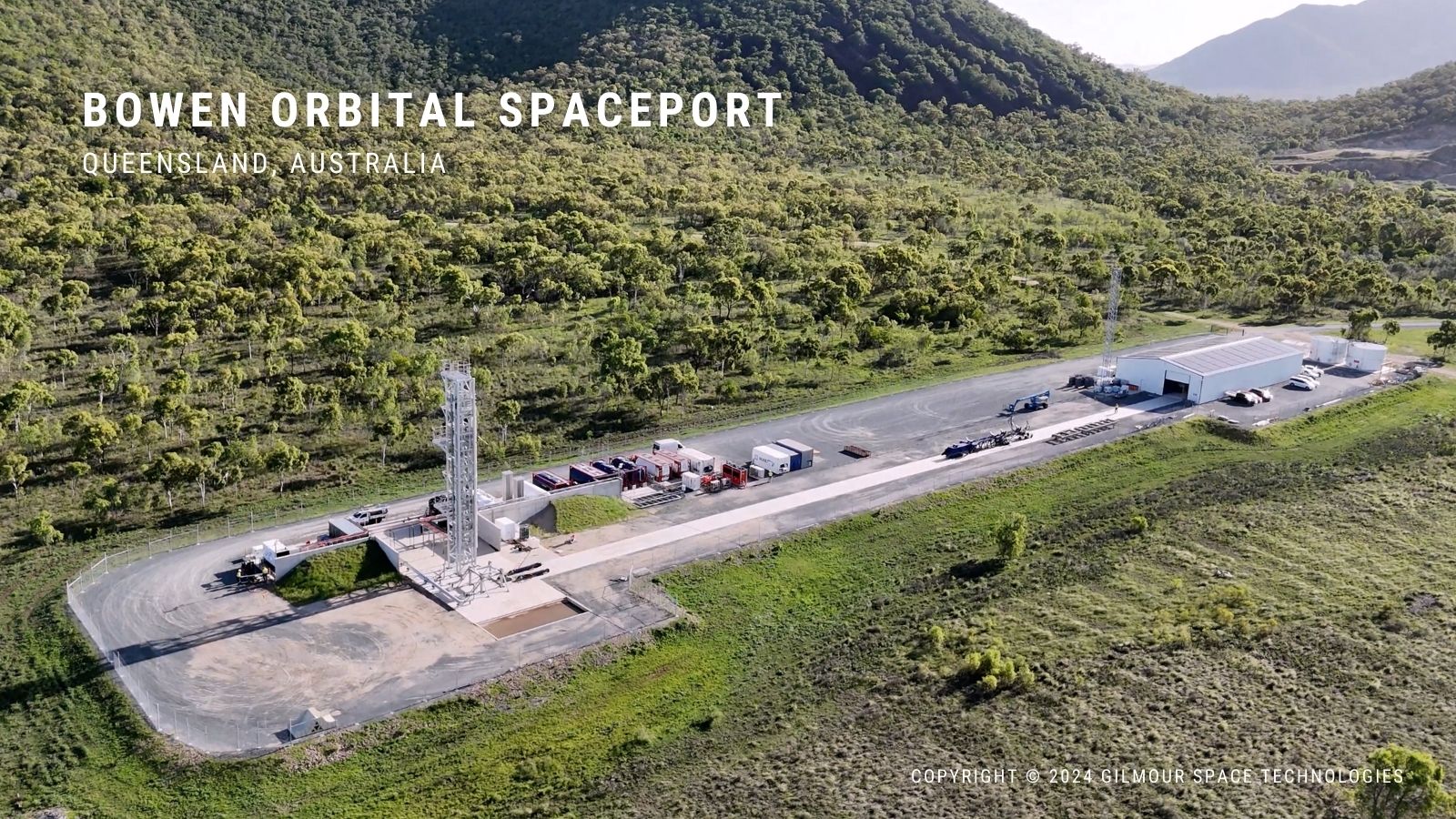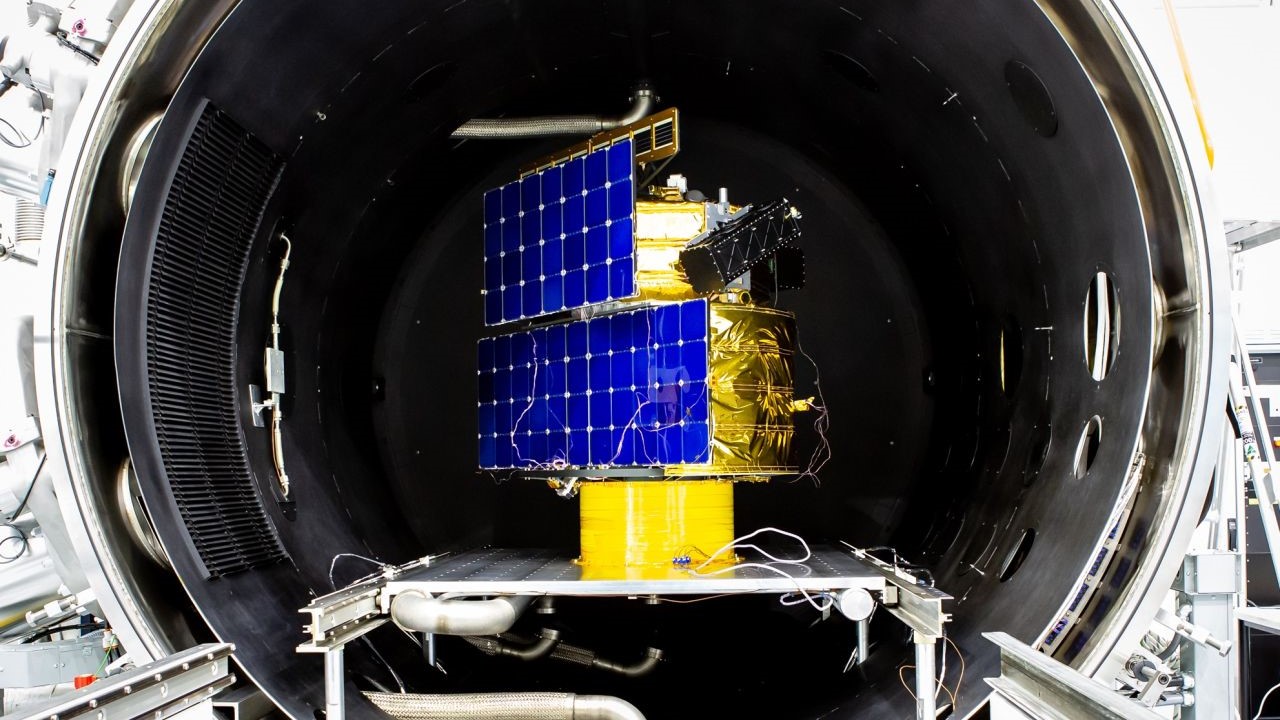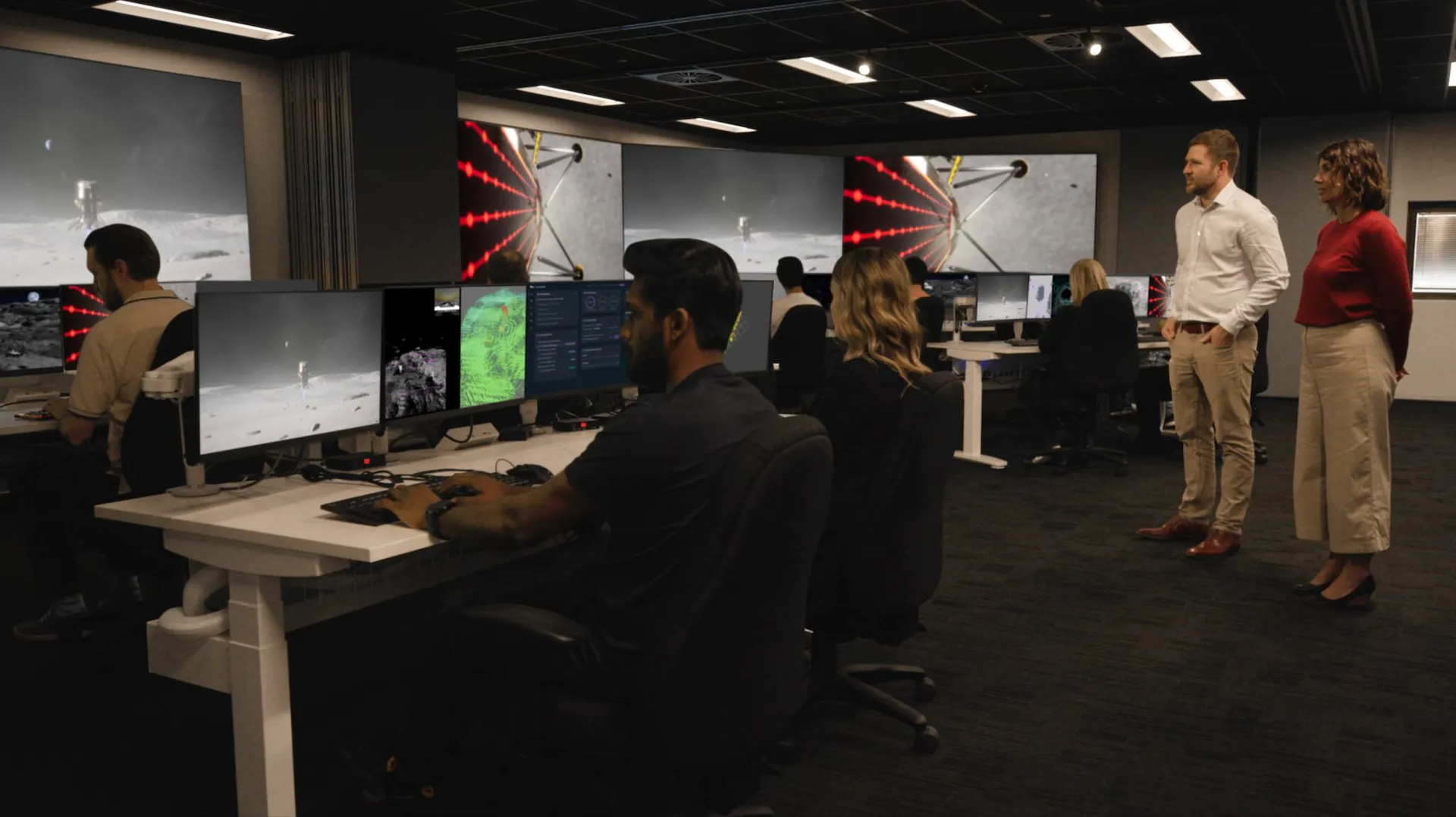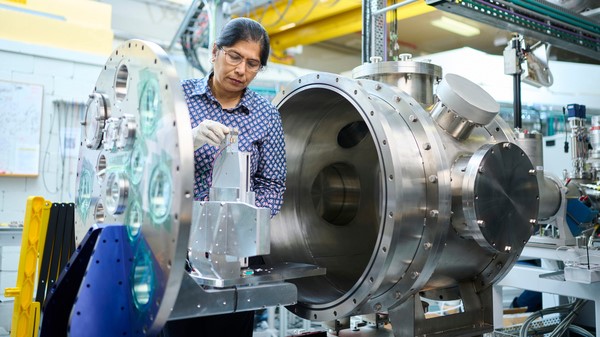National overview
Australia's states and territories are home to an array of space organisations with unique capabilities that form the growing national space sector.
Each state and territory has a mix of private and public organisations, as well as higher education institutions.
Each state and territory also offers space-related courses and undertakes space-related research, either independently or as part of a wider collaboration.
Our role
The Australian Space Agency contributes to Australia’s wellbeing and prosperity through the responsible use of space. We do this by focusing on five priorities, including by leading policy and coordination of civil space activities across government, including the states and territories.
We work with states and territories to ensure alignment on space policy, programs, and initiatives to build a national approach to developing the space sector in Australia.
This is facilitated primarily through the Senior Space Committee of Australian Governments, and the State and Territory Space Coordination Committee.
Space capabilities across Australia
Read on to find out more about the space capabilities of each state and territory.
Australian Capital Territory
Australian Capital Territory
Canberra has Australia’s leading enabling space infrastructure and expertise including end-to-end facilities for designing; building and testing spacecraft; mission control and space communications; radio and radar astronomy observatories; the lead agency for global positional and timing; and the full range of downstream outputs, such as Earth observation data.
New South Wales
New South Wales
More space businesses choose NSW as their home than any other state in Australia. From start-ups and small and medium enterprises to universities and primes, NSW has the broadest and deepest range of space capabilities.
Northern Territory
Northern Territory
The Territory is committed to accelerating growth in the space industry – connecting industry with the Australian and global space economy. It provides significant competitive advantages for launch services of space vehicles to all orbits; ground stations; launch and recovery of high-altitude pseudo satellites, and Earth observation.
Queensland
Queensland
In its commitment to drive economic growth, Queensland is helping create a state-of-the-art Australasian centre for launch activities, ground systems, Earth observation, niche manufacturing, robotics, and automation for space.
South Australia
South Australia
Home to the Australian Space Agency and over 100 space-related organisations, South Australia is the nation’s centre of gravity for space. From small satellite design and manufacture to launch operations; mission control and ground stations; connectivity and bespoke applications; to data analysis and processing, the state’s ecosystem is thriving, building on the opportunities of NewSpace.
Tasmania
Tasmania
Tasmania’s southern latitudes, clear skies, low population density, research infrastructure and proximity to Antarctica provide important advantages for the Australian space sector. It delivers unique space domain awareness, spacecraft tracking and communications capabilities, as well as expertise in remote and extreme environments, hyperbaric and space medicine, and Antarctic space-analogue research.
Victoria
Victoria
Victoria is reputed for its advanced manufacturing, Earth Observation, position, navigation and timing (PNT), telecommunications, digital industries, as well as robotics and data analytics.
Western Australia
Western Australia
Western Australia is home to over 130 organisations operating in the space sector and hosts significant space infrastructure for civil and defence applications – attracting $1.2 billion investment [HR1] since 2018. Areas of capability include space operations and exploration; space communications; space situational awareness; Earth observation; satellite development; data processing and analysis; and launch.

